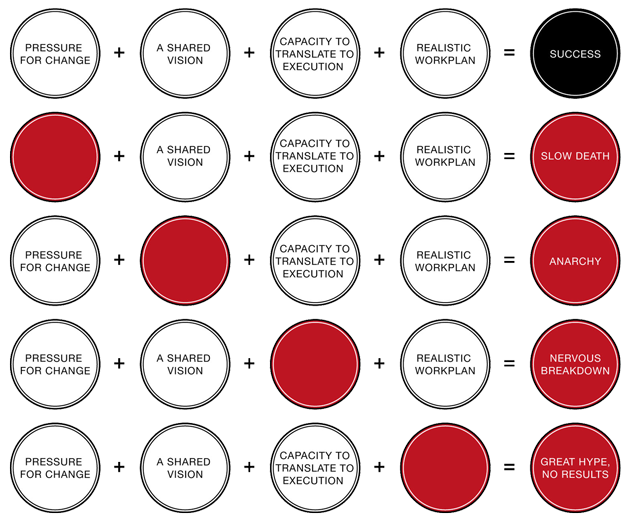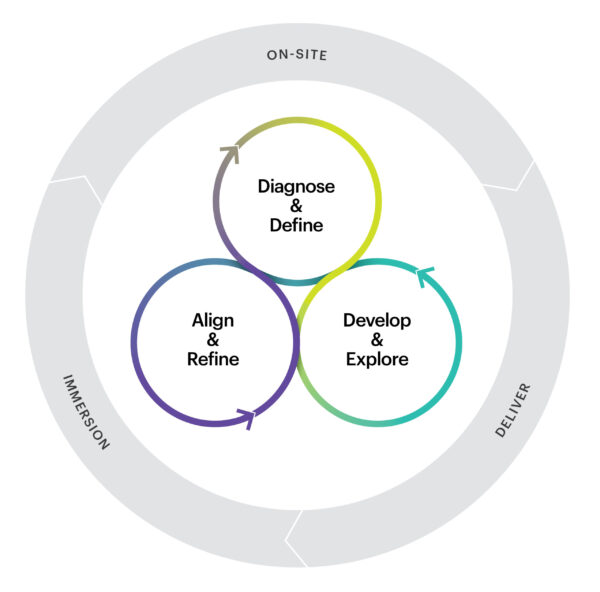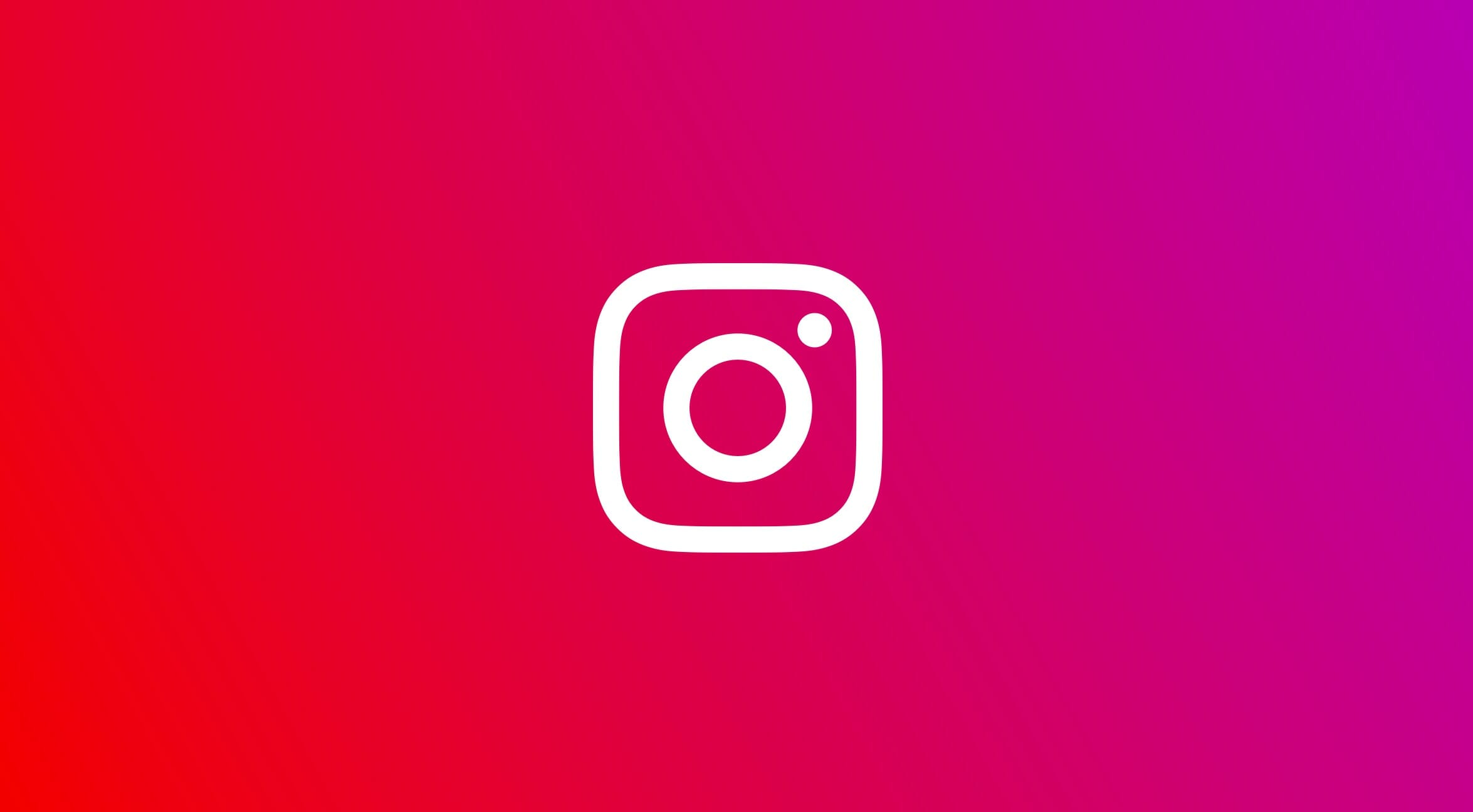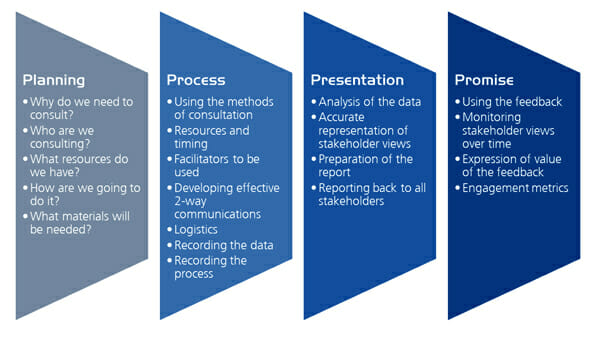No role in an organization has evolved more rapidly than the CMO’s. It used to be that owning branding, communications, and campaigns defined the job. Now, CMOs need to be experts on customers, marketing tools and advanced analytics, and business strategy. Brand management remains an essential duty, but in service of driving business growth. Most importantly, because a CMO’s work connects directly to sales, product development, IT, finance, and other parts of the organization, CMOs find themselves needing to play a growing role in aligning their organization around new ways of thinking and work that will help them engage customers more effectively.
For those in TL;DR mode, the quick takeaway is: CMOs are being stretched, so they might sometimes need a hug (but please ask first).
Here’s a by-no-means exhaustive look at some of the shifts that we’ve seen impacting how a CMO shows up:
| From | To |
|---|---|
| Voice of the Brand | Voice of the Customer |
| Intuition & Instincts | Data & Technology |
| Brand Management | Brand Innovation |
| Strategy + Execution | Alignment |
Voice of the Customer
The amount of information we have about customers is only increasing. How does a temperature between 70-75 degrees impact consumer behavior on Monday’s v Fridays? What is the correlation between a new Netflix series and GPU buying decisions? What invisible patterns in customers can data now make visible? More and more, it’s up to the CMO to develop the customer insights that shape how a business goes to market. And because so many groups touch the customers, from sales to product to finance to corporate strategy, the level of collaboration required to align on these insights requires a significant investment.
Data & Technology
The increase in customer data a business can capture also gives rise to new suites of tools and technologies that a CMO can use to mine for insights, optimize campaigns, and deliver experiences across channels. When almost every brand action can be quantified, decisions about how to go to market are becoming increasingly data-driven. As a result, the CMO is responsible for leading the digital transformation of the marketing organization which requires deep partnership with IT (among others) to develop the tooling and data models that align with the organization’s technology systems. While a CMO needs to rely on her or his instincts and intuition when it comes to decision making, increasingly they need to justify their strategies with that data that points to a certain direction. The more fluent a CMO becomes in technology, the easier it becomes to reconcile data-driven insights with gut instincts.
Brand Innovation
More than anyone in the organization, a CMO needs to connect the dots between a brand’s legacy and its future vision. As much as products need to innovate, brands must as well to remain relevant: messages need to resonate with how the world is changing, and their expression needs to drive differentiation. But in doing this, a brand must also feel familiar and to take advantage of the equity it’s built with audiences. As brand management becomes increasingly data-driven, brand innovation is also becoming more dependent on analyzing trends, creating new audience definitions and segmentations, and audiences, and delivering next-level experiences that are hyper personalized and hyper-relevant. And these insights provide fuel for both brand and product innovation. The CMO that can use data to drive innovation across the organization is one that will stick around.
Building Alignment
It’s not enough for a CMO to develop a winning marketing strategy and execute flawlessly. As organizations become increasingly customer-centric, a CMO needs to bring every function in the C-Suite into the conversation about how to drive growth. From gaining the full embrace of Chief Revenue Officer for their marketing strategies, to the creativity of the CTO as you make your strategies more data driven, to HR working to bring new talent to the table, to the head of Product working in partnership around how to claim new audience segments, and the CTO finding budget to drive the strategy forward, marketing has become increasingly a team sport.
It’s no wonder that CMO turnover is high, and those in their positions feel they’re continuously in the hot seat. While the complexity of marketing is growing and budgets are coming under increasing scrutiny, there’s never been a more exciting time to be leading a marketing organization. All the data organizations have been amassing and the tools ready to parse it can reveal truly amazing insights about customers and how to connect with them. But only if a CMO can enlist the organization in lending a hand in making this all happen. And this comes down to storytelling and building alignment.
We’ve worked with many organizations to craft what we call a Growth Manifesto—a narrative that shows how the thinking that goes into brand development can open up new possibilities across an organization—from how people think about innovation to the collaboration required to bring new ideas to life. We’ve seen that a Growth Manifesto serves as an incredibly effective tool for building that alignment that is essential to getting every part of an organization living a new brand promise. While CMOs will always own the brand, communications, and marketing lanes of a business, as their role evolves, we’re seeing how they also need to become experts at building alignment between the functions that marketing depends on.
If you have thoughts about the new challenges CMOs face today please add to the conversation below. And if you’re thinking about ways to address specific marketing challenges in your business, we are always happy to help you think through how to approach the challenge.
Emotive Brand is a brand strategy and creative agency that unlocks the power of emotion to propel a brand, culture, or business forward. We are a remote-first agency with a footprint in the San Francisco Bay Area.













